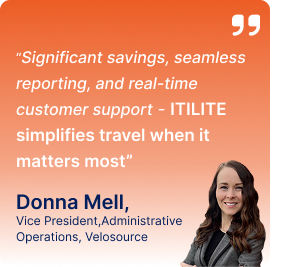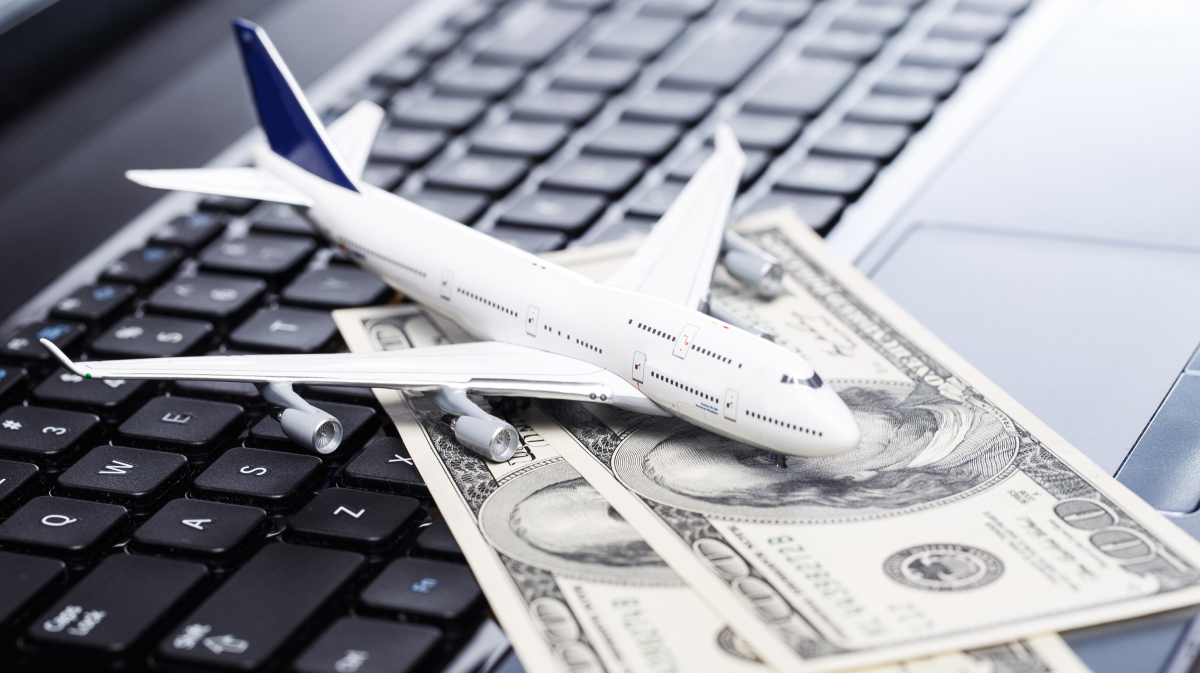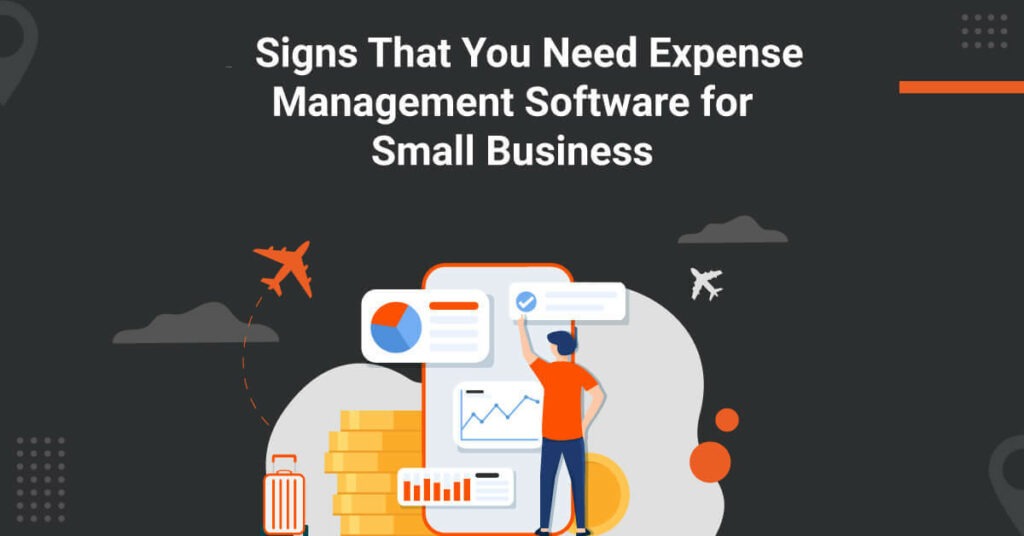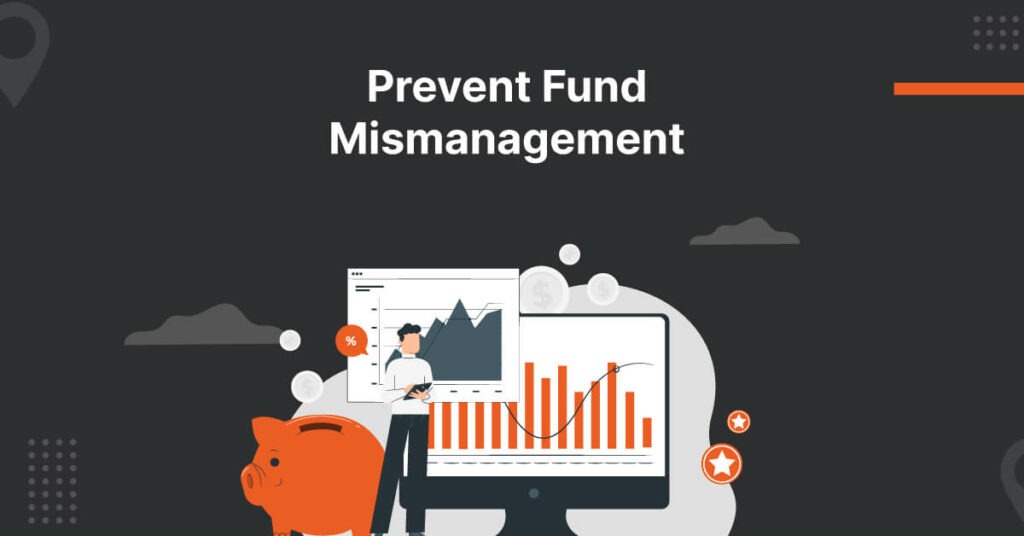
Audit-ready expense reports stand as a linchpin for ensuring the fiscal integrity of organizations. These reports are comprehensive audit-friendly expense documentation incurred during business travel, offering a meticulous breakdown of costs ranging from accommodation and transportation to meals and incidental expenditures.
The significance of audit readiness in this context cannot be overstated. It not only assures internal stakeholders of the accuracy of financial records but also holds paramount importance when facing external audits or regulatory scrutiny.
The assurance of audit readiness emerges as a pivotal element, fortifying defenses against discrepancies, fraudulent activities, and legal repercussions. This blog explains the 6 crucial steps required to craft audit-ready expense reports.
1. Establish Clear Travel Policies
Establishing clear travel policies is fundamental to creating a structured and compliant travel expense management system. The goal is to provide employees with guidelines on what is acceptable, set spending limits, and define the necessary documentation for reimbursement.
Define the types of expenses that the company considers acceptable for reimbursement. This may include airfare, accommodation, meals, transportation, and other relevant costs. Specify any limitations or restrictions on certain expenses.
Next, you must communicate the documentation needed for each expense category. This may include original receipts, boarding passes, hotel invoices, and other relevant documentation. Emphasize the importance of timely and accurate submission.
In addition, communicate the consequences of non-compliance with travel policies. This may include delayed reimbursements, policy education, or more severe consequences for repeated violations.
2. Educate Employees
Educating employees on company travel policies is critical in ensuring compliance and accurate reporting of travel expenses. Include travel policy education as part of the employee onboarding process. Ensure new hires are introduced to the company’s travel policies during orientation.
Use visual aids such as slides, infographics, and charts to present key information. Include examples of correct and incorrect expense submissions to illustrate proper documentation and common mistakes.
Further, walk employees through the step-by-step process of submitting audit-ready expense reports. Provide clear instructions on the preferred submission method, whether through a dedicated software platform, email, or paper forms.
You can also establish feedback channels where employees can provide input on the training sessions and express any confusion.
3. Use an Automated Expense Management System
Implement an automated expense management system to streamline the submission and approval process. Automated systems can help enforce policy compliance, flag potential issues, and improve the overall accuracy of expense reporting. Some major features offered by this system include:
Policy Enforcement:
- Automatically validates expense submissions against established travel policies.
- Flags and prevents submissions that violate spending limits or policy guidelines.
Real-time Receipt Capture:
- Allows users to capture and upload receipts in real time using mobile applications or integrated tools.
- Ensures that all supporting audit-friendly expense documentation is attached to expense entries.
Automated Data Entry:
- Automatically extracts information from receipts, reducing the chances of manual data entry errors.
- Streamlines the input of expenses by populating fields with relevant information.
Integration with Corporate Cards:
- Seamlessly integrate with corporate credit cards to import transaction data directly into the system.
- Match credit card transactions with corresponding receipts for comprehensive documentation.
Customizable Approval Workflows:
- Define multi-level approval workflows based on organizational hierarchy and expense types.
- Ensure that expenses are reviewed by appropriate authorities before reimbursement.
Audit Trail and Logging:
- Maintain a comprehensive audit trail that records all changes made to expense reports.
- Provide detailed logs of user actions, ensuring transparency and accountability.
Automated Report Generation:
- Generate standardized, easily readable reports automatically.
- Include expense breakdowns, supporting audit-friendly expense documentation, and other required details.
Compliance Checks:
- Conduct automated compliance checks against company policies and regulatory requirements.
- Flag and notify users or approvers of potential compliance issues for resolution.
Integration with Accounting Systems:
- Seamlessly integrate with accounting software for efficient data transfer.
- Ensure consistency between expense management and accounting records.
4. Implement a Multi-Level Approval Process
Implementing a multi-level approval process for travel expense reports is crucial in ensuring accuracy, compliance, and accountability. This approach involves having expenses reviewed by more than one authority before they are approved for reimbursement.
Establish the hierarchy of approvers within the organization. This may include immediate supervisors, department heads, finance personnel, or other designated authorities.
Further, you must differentiate between pre-approval and post-approval stages. Pre-approval is obtained before expenses are incurred, ensuring planned expenditures comply with policies. Post-approval occurs after expenses are submitted for reimbursement.
You can also choose between sequential and parallel approval workflows based on the organization’s needs. In a sequential workflow, approvals occur in a predetermined order, while a parallel workflow allows multiple approvers to review simultaneously.
5. Maintain Audit Trail and Logging
Maintaining a comprehensive audit trail is crucial for transparency and accountability in the expense management process. An audit trail is a chronological record of events and activities related to expense reports, documenting every change made to the data.
Ensure that the audit trail includes timestamps for every action, providing a clear timeline of when changes or approvals occurred. This chronological order is essential for reconstructing the sequence of events.
Log the identities of users who perform actions within the expense management system. This includes submitting, reviewing, approving, or changing expense reports. User identification enhances accountability.
Record changes in the status of an expense report. This could include when a report is submitted, pending approval, approved, rejected, or reimbursed. Tracking status changes provides insight into the progress of each report.
Some expense management systems automate audit trail creation, which can be quite helpful.
6. Conduct Regular Internal Reviews
Regular internal reviews of travel expense reports play a crucial role in maintaining compliance, identifying potential issues, and ensuring the accuracy of financial records. These internal audits serve as a proactive measure to address discrepancies before external audits occur.
For this, you can:
- Define a regular schedule for internal reviews of travel expense reports. This could be monthly, quarterly, or semi-annually, depending on the volume of travel expenses and the organization’s needs.
- Involve a cross-functional team in the review process. Representatives from finance, internal audit, and other relevant departments will be included to bring diverse perspectives and expertise to the review.
- Conduct spot checks and random sampling of expense reports to detect irregularities. Random sampling provides a snapshot of overall compliance and helps identify any patterns or trends in non-compliance.
- Cross-check expenses with corporate credit card statements to ensure all card transactions are accurately reflected in the expense reports. Reconcile any discrepancies between receipts and card statements.
- Analyze the data for patterns or anomalies that may indicate potential issues. This could include identifying individuals with consistently high or unusual expenses or trends that deviate from the norm.
This strategic approach contributes to audit readiness and enhances the overall reliability and transparency of your expense reporting processes.
Itilite Can Craft Audit-Ready Expense Reports for You
Streamline your expense management process with itilite, a cutting-edge solution designed to elevate the efficiency and accuracy of your financial workflows. Our software is meticulously crafted to automate and simplify the creation of audit-ready expense reports, ensuring a hassle-free experience for both employees and finance teams.
Book a free demo with us today to know more.













